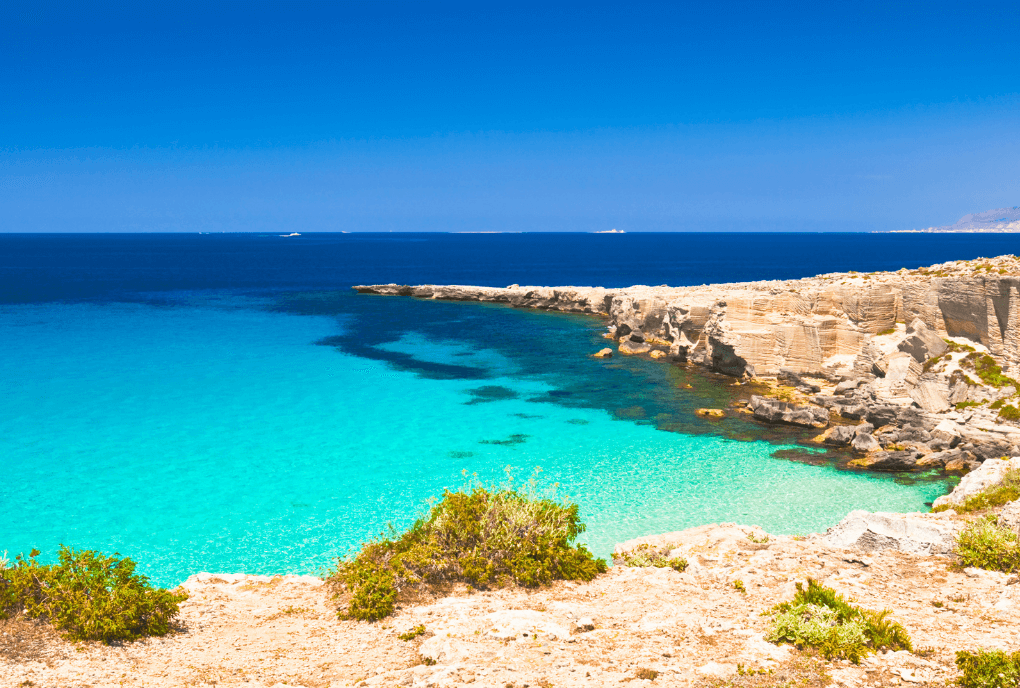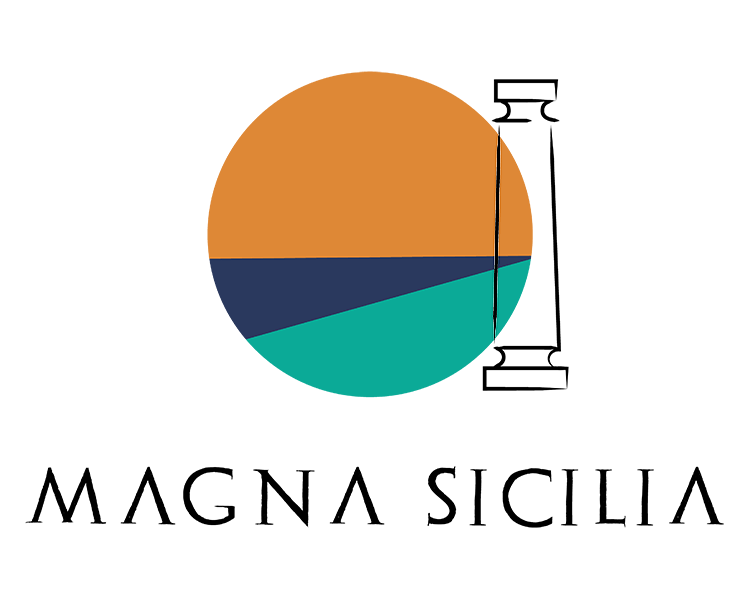
Favignana, sea violet
There are places that radiate joy at the first glance. They are there to be admired, but above all to be discovered. They want to be known unhurriedly, with the calm that only a great spirit of observation can implement. They want to be observed well, right in the eye, at every street corner, in the folds of curtains in the wind, in the curves of thoughts relaxing.
They don’t ask, because they are the ones who give so much.
They can amaze with little and know that it is often the unconscious poetry that leaves the deepest mark, under the skin. The unperformed, timeless poetry that smells like bread at all hours and colors windows, doors, breakfasts, found smiles.
Favignana, a butterfly on the sea, so called by the painter Salvatore Fiume because of its characteristic shape. It is part of the Egadi Islands nature reserve, of which it is the largest. Its current name comes from the Favonium, a warm west wind that determines its very mild climate.
Surveyed on a nautical chart, Favignana looks almost like a rock. For goodness sake, even a small rock has its own characteristic, its own likability, its own personality. It is these particular aspects that the visitor must identify if he or she really wants to know the enchantment of this island. Perhaps the likability of this “scogghiu ‘nfatatu” (enchanted rock) for many is yet to be discovered, as it can only be defined in the relationship each person is able to establish with his or her surroundings. It is our way of placing ourselves in any relationship of existence that realizes within us the values we think we recieve outside ourselves.
For an islander, the rock has its own special meaning of life: it stays with him as if it were a beacon in the night. Its light is a constant reminder and becomes, for those whose roots are there, a point of reference and attraction. Especially when, mortified and stressed by a diuturnal city existence, he searches his youthful memories for the image of an environment that still smacks of a human dimension. In this dimension, the objective serenity that insularity brings about in the environment gives life an emotionality and existential specificity almost intimately linked to the rock.
For those, on the other hand, arriving on the island for the first time, all these emotions remain locked in a treasure chest whose key lies in the willingness the visitor shows in discovering, first, and then conquering, the treasures hidden therein.
Silence speaks, melody of the sky, and the gaze sweeps over endless horizons. I look for a light wind breeze that barely touches me in a mirror of the sea. I look for spacious moments and meaningful places. I look for stones, parched earth, jasmine scent and full moon nights. I search for those I may have lost, in these waves, among the strings of purple hues.

Favignana – © @moon_diaries
by James Gandola
[1] Viola di mare: 2009 film directed by Donatella Maiorca, based on the novel “Minchia di re” by Giacomo Pilati. The title refers to the sea maiden (or sea violet), a hermaphroditic fish, which is born female and grows to be male. When it goes to the male phase, in many parts of Sicily it is called pisci re or precisely minchia di re.





